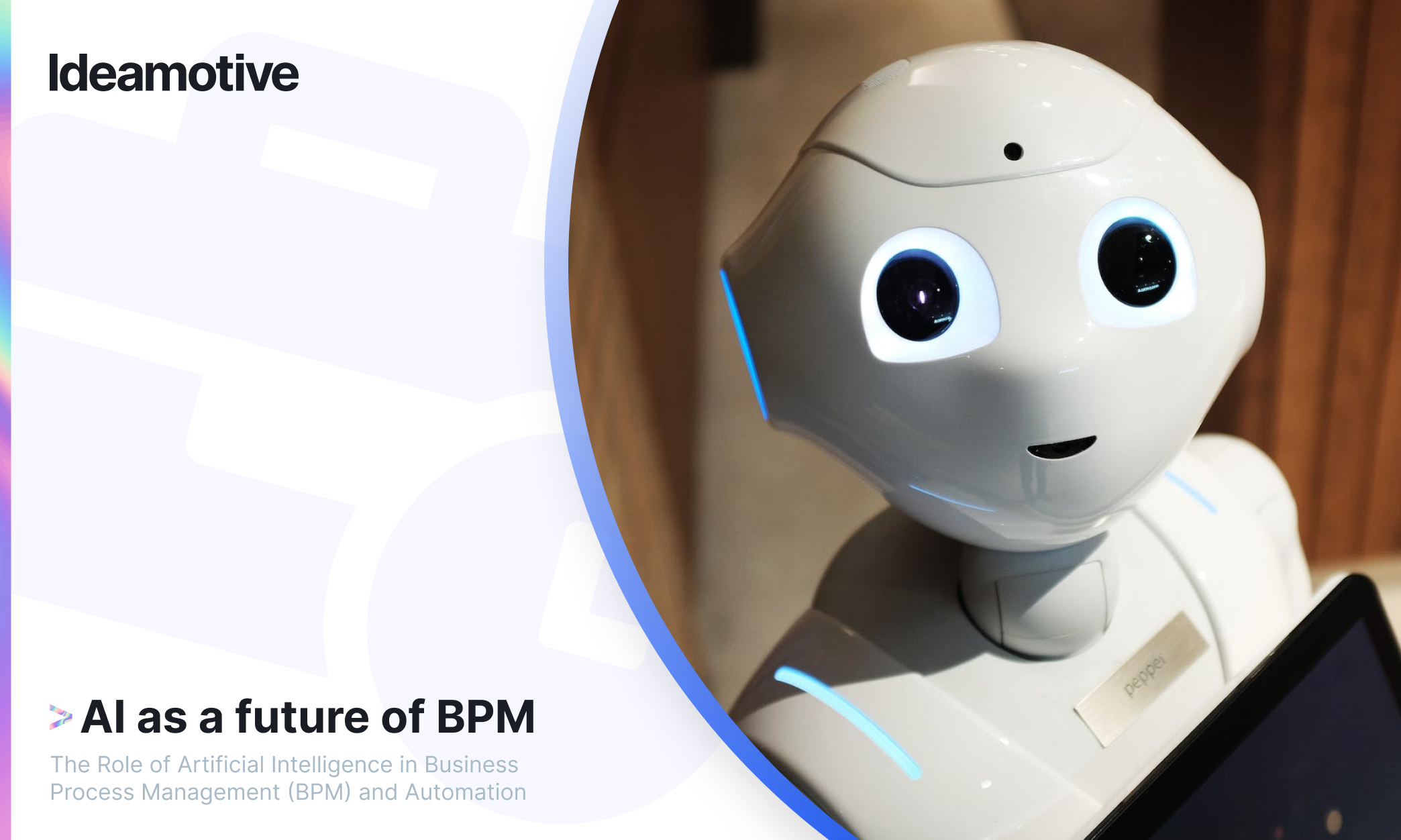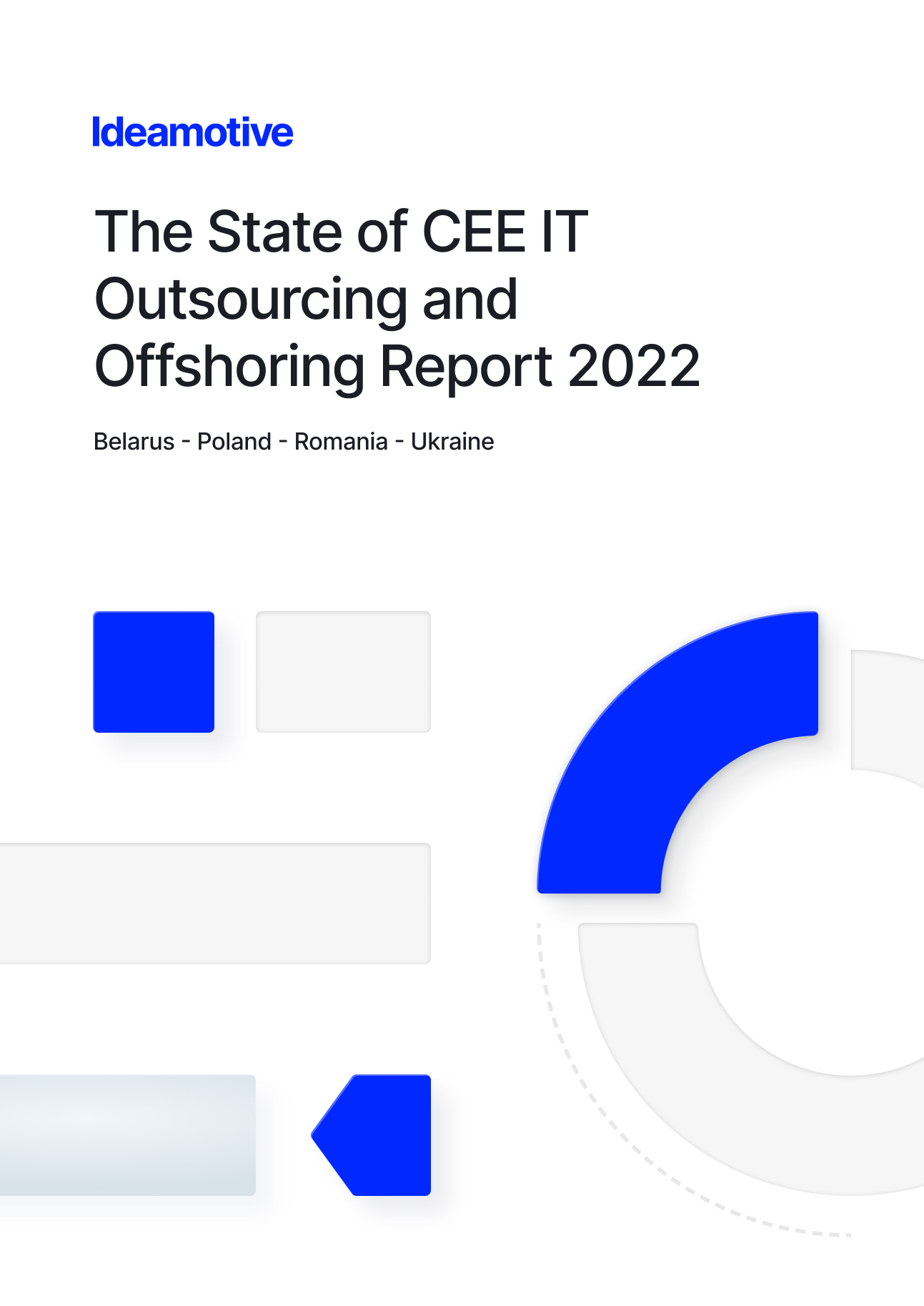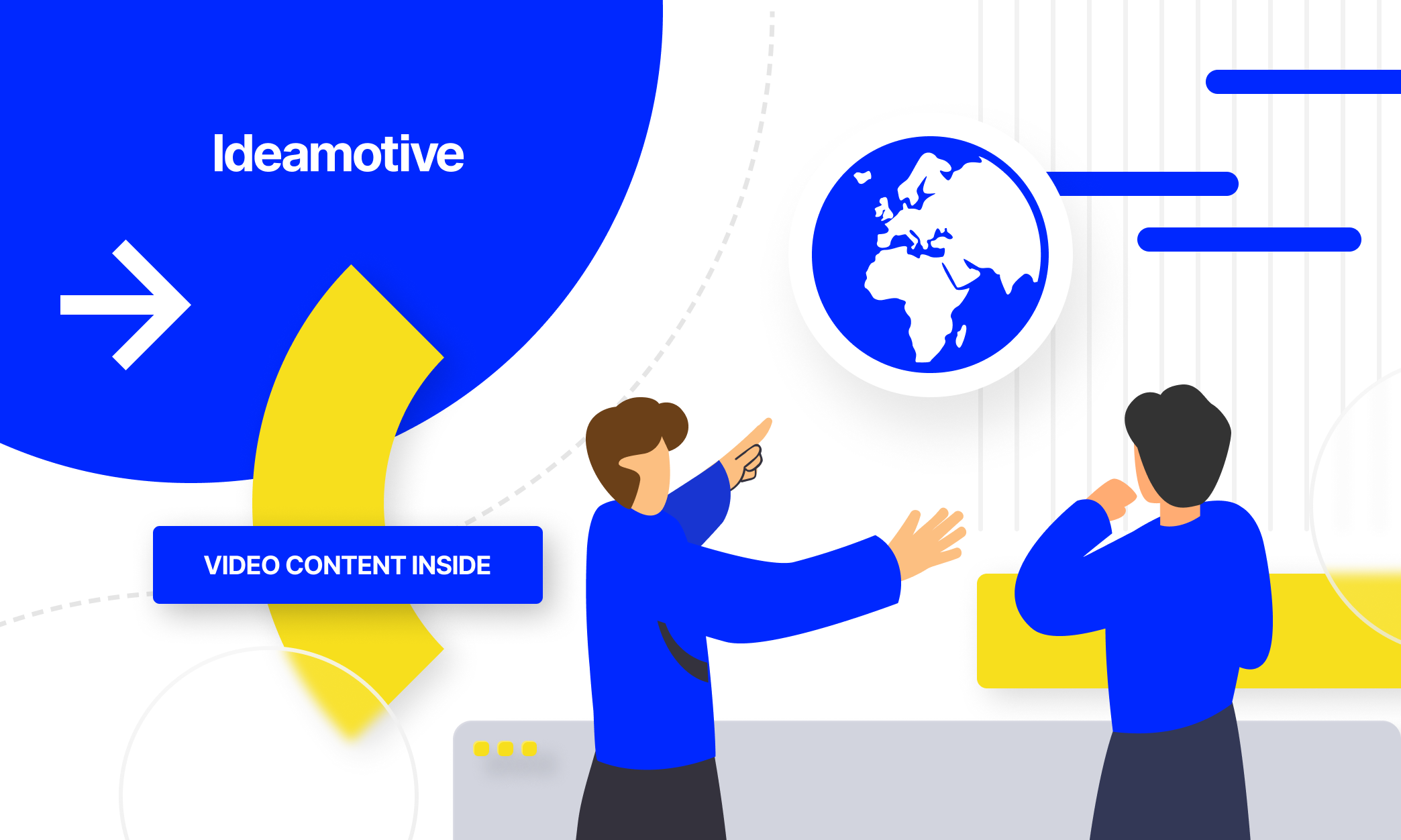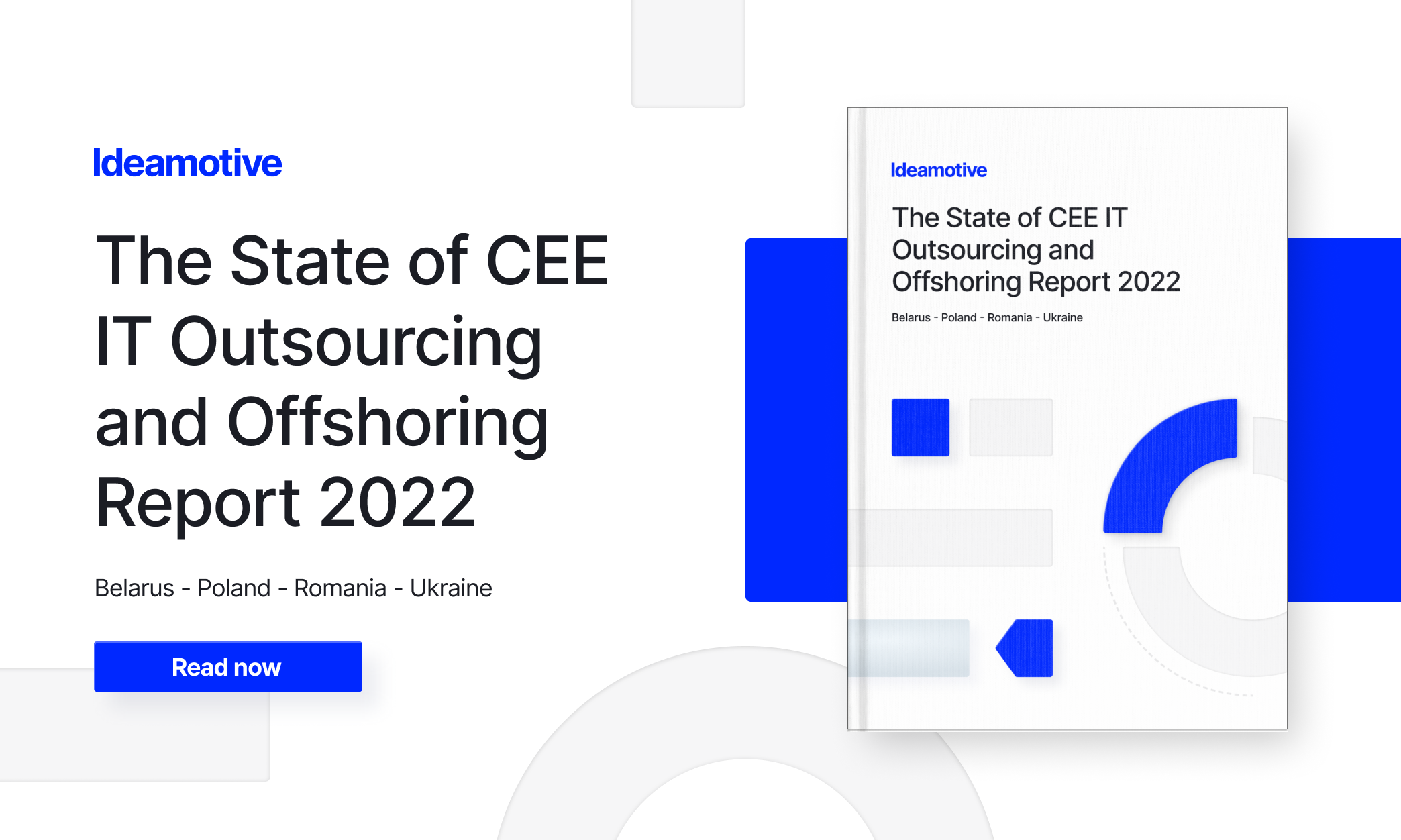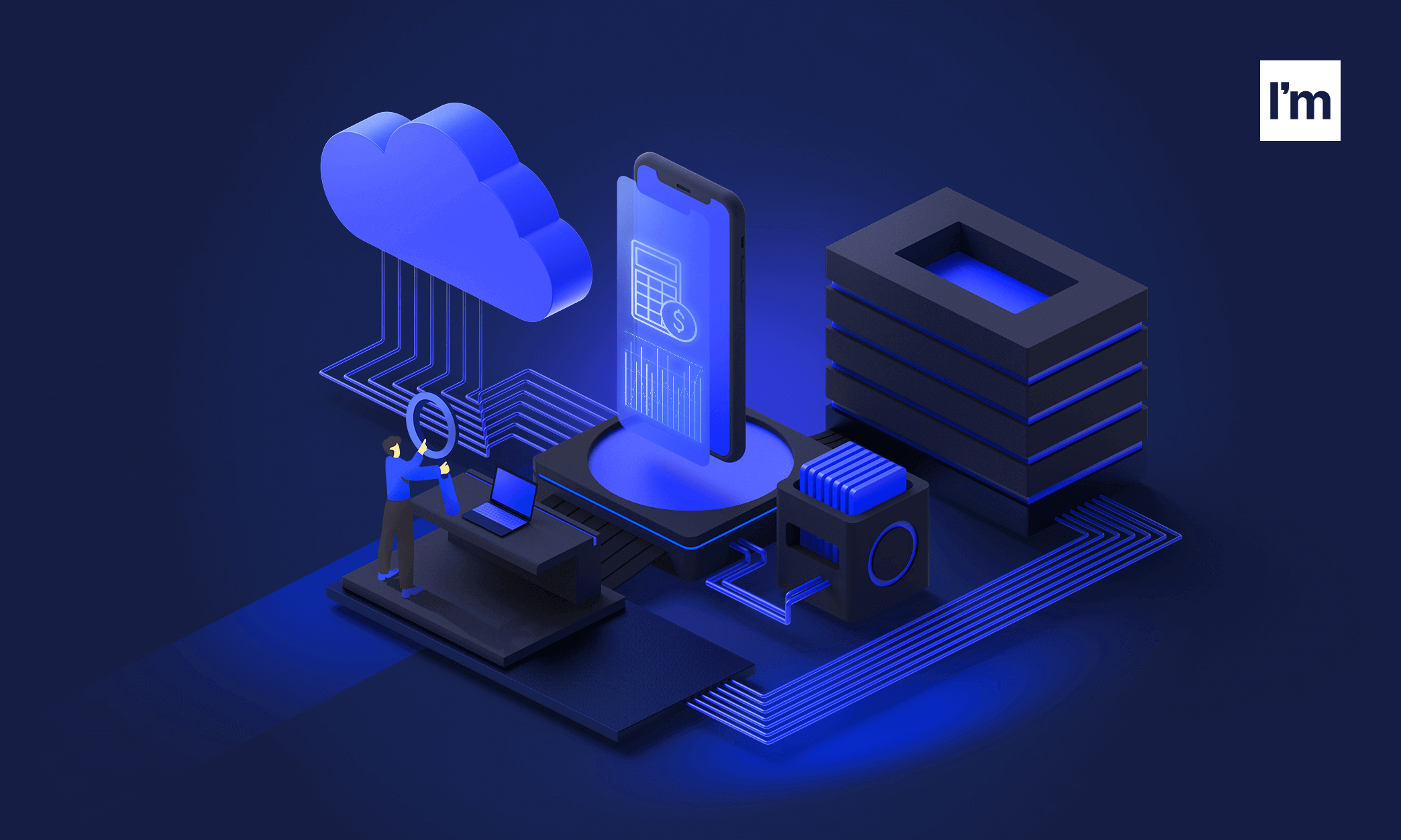Although it’s only been a few months since ChatGPT was released in November 2022, the seemingly innocuous chatbot is already disrupting the business world.
Surveys have revealed that almost 50% of companies in the US have adopted ChatGPT in their business, with a staggering 93% of them saying they’re looking to expand how they use it in the near future.
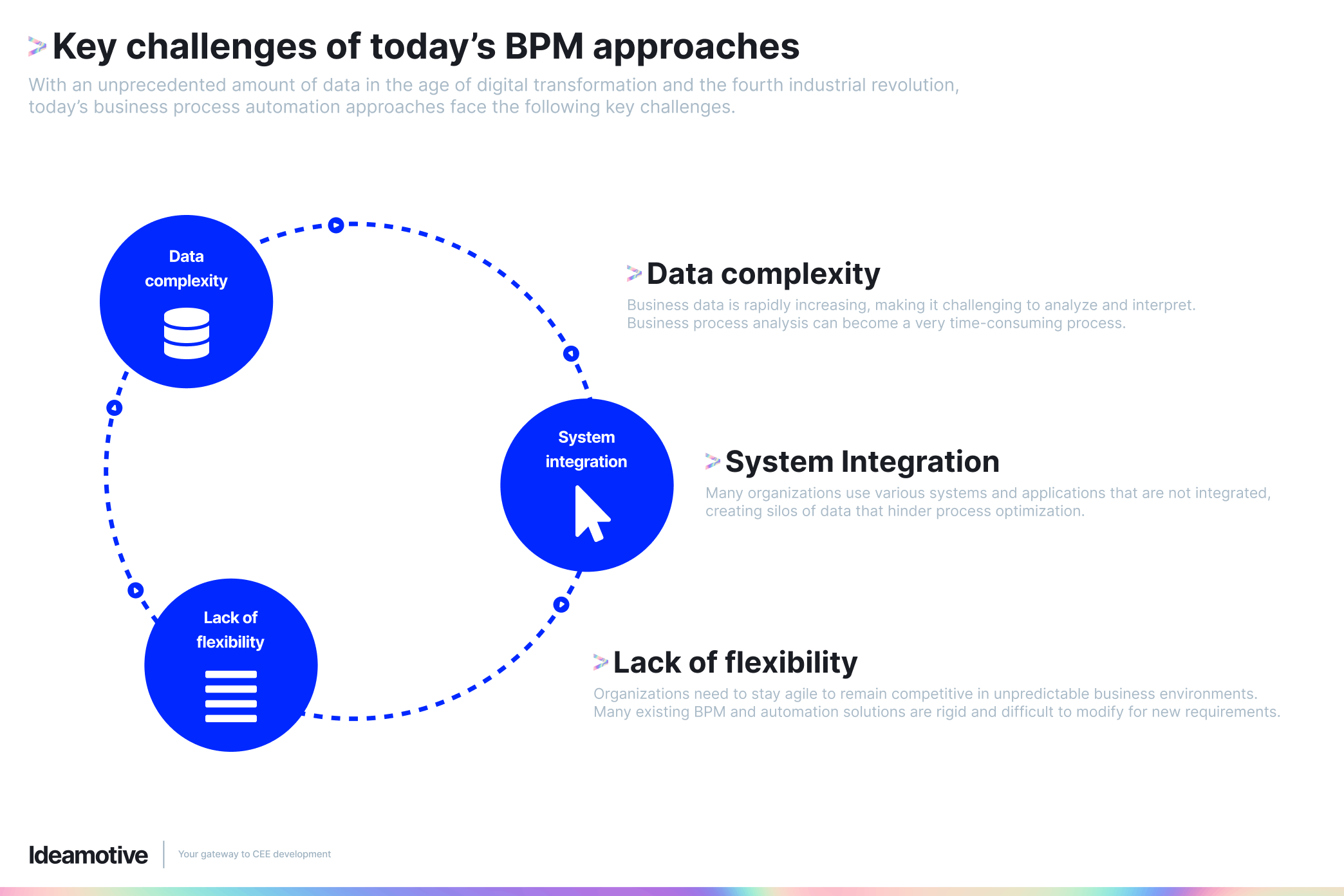
The rapid adoption of ChatGPT is thanks to its superior natural language processing technology. By being far more intuitive and natural to adopt than preceding artificial intelligence technologies, it is now easier for organizations—particularly small to medium ones—to leverage artificial intelligence.
One of the exciting ways that ChatGPT can impact industries is by transforming business process management (BPM) and business process automation, helping companies to become more efficient, effective, and productive.
The evolution of business process management (BPM)
The beginnings of today’s BPM and business process automation technologies can be traced back to the industrial revolution.
1760-1840
Pioneers of the industrial revolution introduced steam machines to automate processes previously done manually. Assembly plants increased production efficiency while lowering the costs of goods. Statistical process control evolved to detect and prevent manufacturing issues.
1940s-1970s
Businesses experienced another giant leap when advances in computer technology could automate the quality management processes and improve the quality of products.
1980s
Continuous and rapid technological advances made personal computers more affordable and accessible to the masses.
With computers now commonplace in most business environments, business processes took another turning point. Enterprise data and processes were now digitized, replacing many repetitive tasks normally done manually. And digital business project management was born.
2000s
Business process automation software could offer companies end-to-end BPM tools to handle complex business operations. This allowed companies to adopt automated processes for greater efficiency and productivity.
The emergence of cloud computing and low-code development platforms during this era also made it easier for companies to adopt different types of automation, leading to the rise of digitalization.
The mid-2000s to the present
In tandem with digital transformation, technologies such as artificial intelligence, the Internet of Things (IoT), robotics, cloud computing, and big data analytics ushered in the fourth industrial revolution.
Industry 4.0 has dramatically shifted how businesses create, exchange, and distribute value. Smart factories and supply chains are now highly connected. Consumers can access high-tech products such as smart televisions and streaming services, smart refrigerators, remote security systems, self-driving cars, and more.
Present
Current industry and market environments, combined with the proliferation of social media and an increasingly interconnected world, have led to a massive influx of data that current BPM systems and automation technologies struggle to manage effectively.
Limitations of current business process automation software
With an unprecedented amount of data in the age of digital transformation and the fourth industrial revolution, today’s business process automation approaches face the following key challenges.
- Data complexity
Business data is rapidly increasing, making it challenging to analyze and interpret. Business process analysis can become a very time-consuming process.
- System Integration
Many organizations use various systems and applications that are not integrated, creating silos of data that hinder process optimization.
- Lack of flexibility
Organizations need to stay agile to remain competitive in unpredictable business environments. Many existing BPM and automation solutions are rigid and difficult to modify for new requirements.
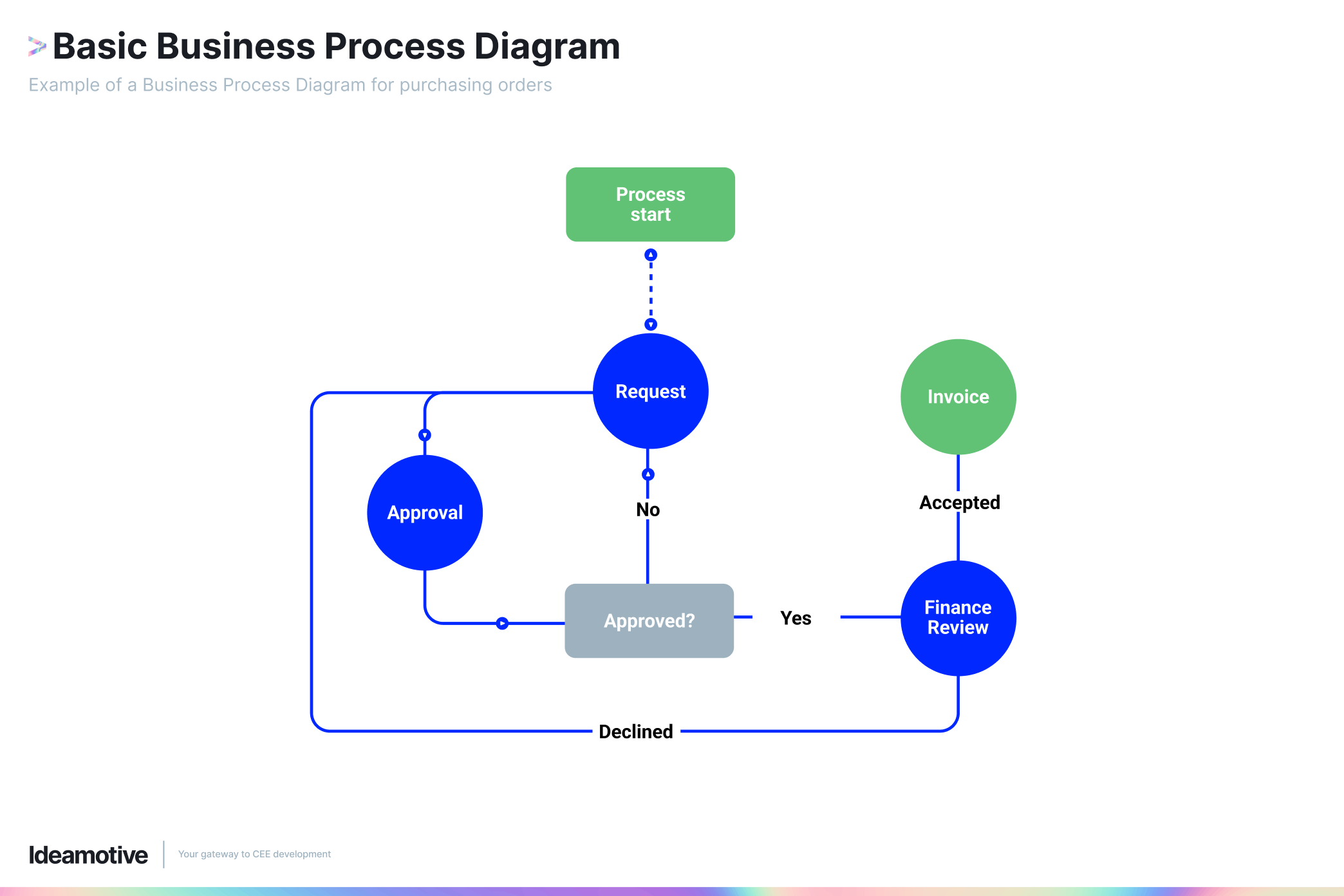
ChatGPT, with its ability to analyze large volumes of data across different systems and applications and then summarise it using natural language, can help improve these issues.
Now, let’s dive into how ChatGPT and AI technology can overcome these challenges to streamline processes that can improve business process automation.
ChatGPT-driven research & business analysis
Bain & Company is an example of an organization taking advantage of ChatGPT’s ability to analyze and summarise large volumes of text data for faster and better-informed decision-making.
As an American management consulting company, its mission is to tackle urgent challenges in education, racial equity, social justice, economic development, and the environment. As such, they need to analyze large volumes of data to provide impact-driven solutions for their clients.
Bain & Company announced their alliance with OpenAI to integrate ChatGPT and other OpenAI technologies in their BPM systems. This alliance offers Bain & Company tangible benefits for their clients, including:
- Streamlined customer service operations for retail banks, telco, and utility companies with automated, personalized, and real-time scripts.
- Boosting turn-around time for leading product and service marketers with highly personalized marketing and hyper-efficient content creation.
- Helping financial advisors improve productivity by analyzing large volumes of data from client dialogues, financial literature, and digital communication generation.
ChatGPT-driven process optimization
ChatGPT can be an invaluable tool for identifying repetitive manual tasks and bottlenecks in business management processes. By analyzing datasets that include information on tasks, processes, and workflows, ChatGPT can recognize patterns and trends that could be used to improve process optimization and business process automation.
ChatGPT can perform this analysis using complex data derived from various systems and applications that are not integrated, helping to overcome some key limitations that current automation technologies may face.
Here are some ways businesses can apply this to streamline their business processes using ChatGPT algorithms:
- Customer support
- Provide instant, accurate responses to customer inquiries through chatbots or automated response systems.
- Reduce wait times for frequently asked questions about products or services, purchase orders, delivery status, billing inquiries, etc.
- Reduce workload on customer support agents so they can focus more on complex or specialised queries.
- Boost customer satisfaction by streamlining follow-up inquiries, resolving complex or specialised queries faster, and reducing complaints.
- Improve sales force
-
- Create or improve sales support chatbots with automated processes that help potential clients or customers understand and choose products.
- Identify potential risks and opportunities for upselling or cross-selling products to current customers.
- Recommend next interactions, such as identifying upsells for current customers.
- Reduce workload on the sales team so they can focus on building customer relationships and developing new sales strategies.
- Improve customer satisfaction and retention rates.
- Automate accounting & enhancing data-driven business decisions
- Integrating ChatGPT with automated email openers, high-speed scanners, and intelligent document recognition.
- Extracting information and automating repetitive tasks such as data entry.
- Automate analysing and summarising financial data to provide insights on trends and patterns for data-driven business decisions.
- Detect and prevent fraud faster by analysing large amounts of financial transaction data to identify unusual patterns or discrepancies.
- Automate analysis of financial data and identify any discrepancies to help businesses stay compliant with financial regulations.
The intersection of ChatGPT and robotic process automation (RPA)
Robotic process automation (RPA), or software robotics, uses automation technologies to perform repetitive office tasks at high volumes so businesses can meet chaotic and complex production goals.
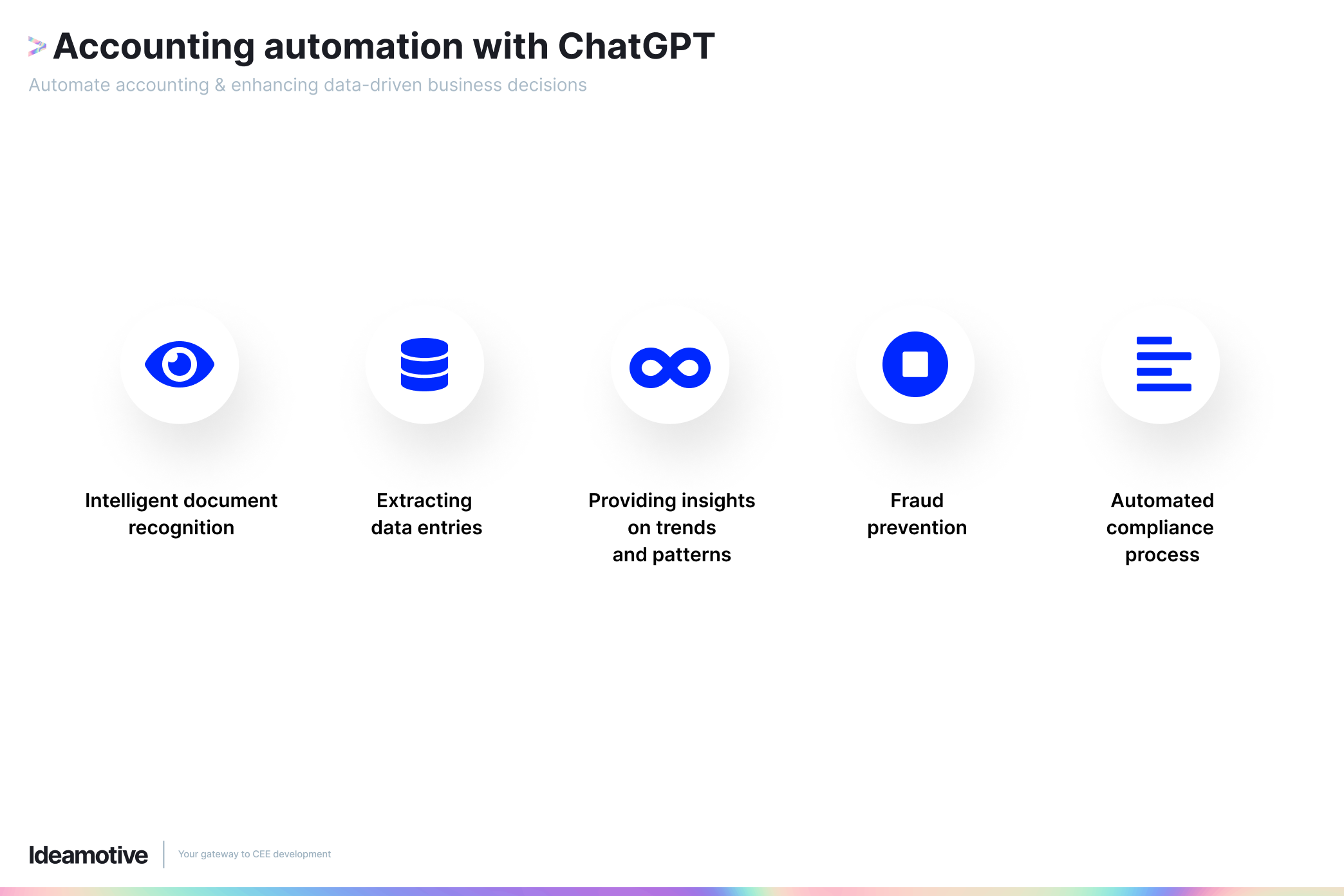
RPA can be applied to many physical and online processes, such as moving files, invoice processing, copying and pasting from one system to another, customer or employee onboarding processes, and more.
If you think of RPA as the “arms and legs” to perform a task, AI technologies such as ChatGPT will be like the “brains” that optimise task processing.
This natural synergy between RPA and AI technologies creates intelligent process automation (IPA), which combines the machine-learning and natural language processing capabilities of ChatGPT with the simple rule-based systems of RPA.
The applications of IPA can be game-changing. Here’s an illustration of how IPA can transform healthcare:
- Administrative tasks
- RPA handles can automate administrative tasks such as patient registration, appointment scheduling, and insurance verification.
- ChatGPT’s natural language processing can make the user interface for setting an appointment more user-friendly and the end result more accurate.
- Result: Patients can register for an appointment with the right doctor or specialist in less time based on their symptoms, needs, and insurance coverage.
- Clinical decision support
- RPA handles data entry of vast amounts of data from various sources, such as transcripts of patient conversations with doctors, specialised test results across different hospitals or specialist departments, health tracking devices such as smartwatches, and so on.
- ChatGPT processes and contextualises this data to achieve greater accuracy in retrieving, sorting, processing, storing, and reporting. It can also look for patterns of symptoms from medical literature and other case studies.
- Result: Doctors can access more relevant information and analyse it against a larger database of information much faster. This may aid them in providing a more accurate diagnosis and may even help identify symptoms of rare diseases often diagnosed too late.
- Supply chain management
- RPA handles stock management, from sorting out stock to inventory management, ordering, and tracking.
- ChatGPT analyses the data to identify patterns and trends with a much larger universe of data to generate insights. For example, the period before a winter season may require a higher inventory of flu vaccines. Even trends with nonmedical data, such as travel season, can influence decisions for the supply chain.
- Result: Clinics and hospitals can be better stocked and prepared for their registered patients' regular medication needs and the wider public’s needs according to seasonal trends.
ChatGPT-enabled business process automation (BPA) software
Current BPA software can have daunting user interfaces and a steep learning curve. Many BPA software is designed for technical users, such as IT professionals or data analysts. This can make it difficult for non-technical users, such as business analysts or process owners, to use and fully benefit from the software.
Integration of ChatGPT with BPA software can reduce the number of steps required to perform tasks. By being able to perform tasks with natural language instructions or queries, it can make BPA software more user-friendly and accessible to employees with varying levels of technical proficiency.
Furthermore, ChatGPT can learn from previous interactions to improve its response over time and further enhance the efficiency and accuracy of BPA processes.
There is also potential to integrate ChatGPT with voice assistants or virtual reality systems, revolutionizing how users interact with BPM and BPA tools. This could be extremely beneficial for simulation purposes as well.
For example, a manufacturing company can use a virtual reality system to simulate a production line based on current processes and data. Business analysts can then simulate different scenarios by instructing a ChatGPT-integrated voice assistant, helping them to make better decisions that apply to real-life situations.
Hence, by improving the user interfaces of BPA software with ChatGPT-powered features, businesses can be more efficient at delivering better products and services to enhance customer satisfaction.
Overcoming challenges in ChatGPT-driven BPM and automation
Although there is immense benefit in using ChatGPT for business process management and automation, many organizations still have reservations about the new technology. The resistance is mainly due to data privacy and security concerns.
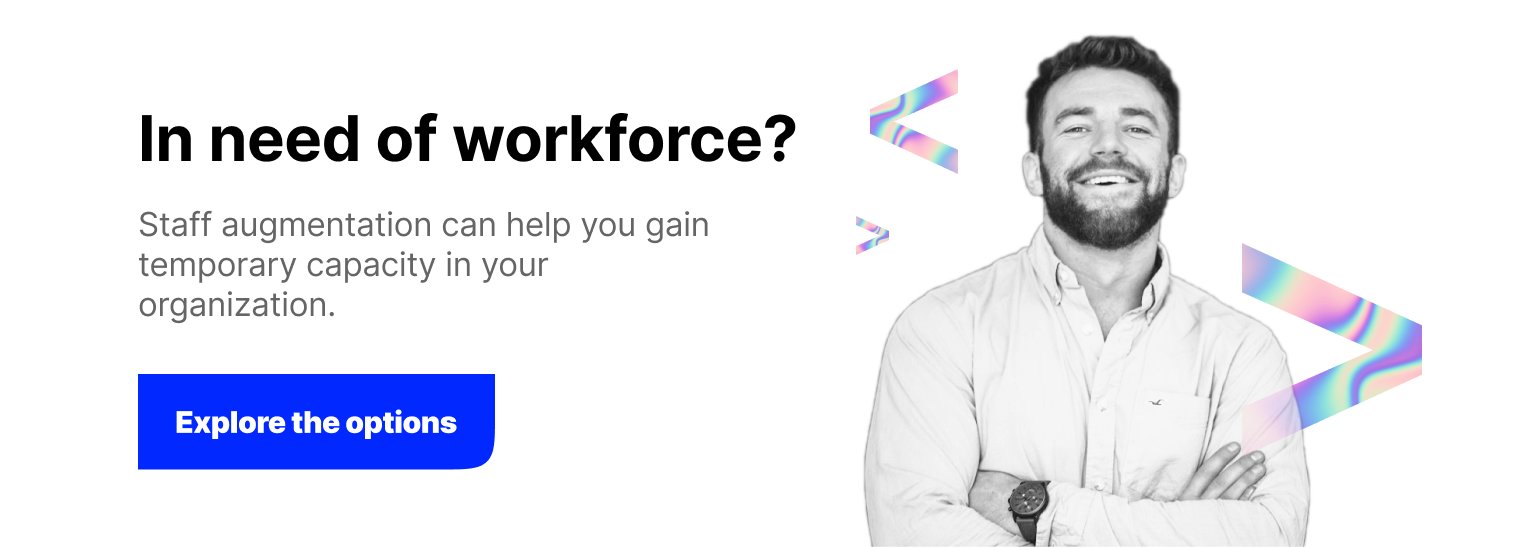
Here are some strategies that businesses can adopt to ensure privacy and protect sensitive information when implementing ChatGPT in their daily operations:
- Implement data encryption
Data encryption transforms data into a code that can only be deciphered with a key or password, making it unreadable to anyone without proper authorisation. Implementing this strategy can help protect sensitive information, even if the data is intercepted or stolen.
- Anonymise data
By removing personally identifiable information from the data set, businesses can protect the privacy of their customers and employees while still benefiting from the insights that ChatGPT can provide.
- Implement robust security measures
Businesses should only provide access to sensitive data to those who need it to perform their job duties. Access controls should be put in place to prevent unauthorised access.
There should also be regular monitoring to see is who accessing data and when. This will help identify potential security breaches and ensure that authorised personnel only access data.
With these precautionary measures in place, businesses can safely ensure the scalability and adaptability of ChatGPT systems throughout the workplace. Employees at all levels can then benefit from the adoption of ChatGPT-driven business process automation in various ways, including:
- Reducing mundane and repetitive tasks.
- Helping employees quickly gain insights into complex data sets.
- Giving employees more time to focus on tasks that require human judgment and decision-making.
Conclusion
Without a doubt, the emergence of ChatGPT has revolutionised the way businesses approach business process management and automation technologies.
By leveraging the power of natural language processing and machine learning, ChatGPT can analyse and summarize vast amounts of data, perform repetitive tasks, and improve different areas of business process automation—from business analysis to customer support and more.
As we move forward, the potential for ChatGPT-driven processes to integrate with other emerging technologies will only further enhance its capabilities. It is time for businesses to embrace ChatGPT and leverage its power to gain a competitive advantage in the rapidly evolving business environment.
